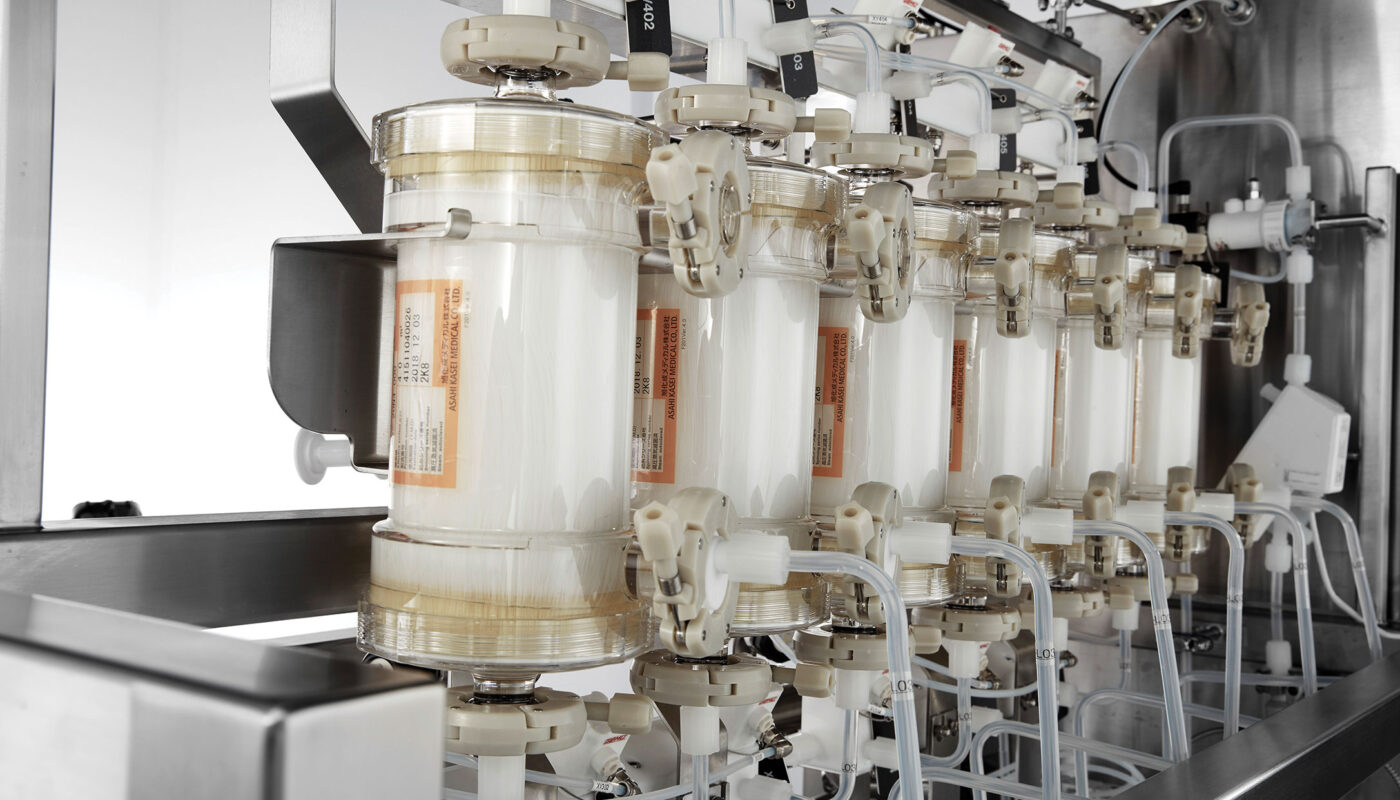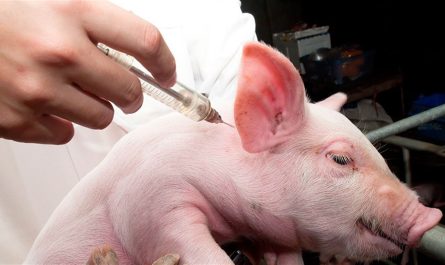Virus filtration is a physical separation technique used to remove viruses from liquid solutions such as plasma, serum, recombinant protein solutions, and vaccines. It works by retaining viruses within a depth filtration membrane while allowing the majority of liquid and other particulates to pass through.
How Does Virus Filtration Work?
Virus filtration works through a size-exclusion process. Viruses are generally too large to pass through the nano-scale pores of virus filtration membranes intact. These depth filtration membranes are made of various polymers designed to have an optimized pore size distribution small enough to retain even the smallest viruses. When a solution containing viruses is passed through the membrane, hydrostatic pressure drives the liquid through but physical entanglements in the membrane structure trap viruses on the surface and within pores. Only components smaller than the pore sizes such as buffer salts, nutrients, and target biomolecules are able to permeate the membrane.
Key Factors in Membrane Design
Membrane design and chemistry impact Virus Filtration performance. Multiple layers oriented in different directions create a tortuous path that enhances retention capacity. Hydrophilic properties prevent fouling whereas mechanical strength withstands high pressures. Pore size distribution must balance high throughput with complete viral clearance. Validation uses model viruses spanning the smallest to largest likely to be present to confirm removal rates greater than required log reduction values (LRVs). Stringent manufacturing ensures mechanical integrity and consistency between membrane lots.
Validating Viral Clearance
To demonstrate viral clearance ability, membranes are tested using a panel of relevant model viruses. Conditions mimic the actual filtration process as closely as possible. Samples are taken from the feed, retentate, and permeate streams before and after filtration. Viral titers are determined using cell culture-based or molecular detection assays. The LRV, calculated as the logarithmic reduction in virus titer from feed to permeate, must exceed regulatory clearance requirements. Multiple cycles may be performed to prove capacity. Additional characterization examines factors like flow rates and effectiveness against virus aggregates.
Applications in Biotherapeutic Production
Virus filtration plays a critical role in assuring the safety of biotherapeutic products. It can be implemented downstream in bulk or final drug substance manufacturing. For biological drugs derived from living cell culture systems like monoclonal antibodies, virus filtration provides a fail-safe final viral clearance step, catching any adventitious viruses not controlled by upstream process steps. It enables the use of source materials like human plasma that inherently carry viral safety risks. Virus filtration also helps ensure the reliability of live virus vaccines by removing any potential manufacturing contaminants.
Implementation in Plasma Fractionation
Plasma derivatives are inherently exposed to blood-borne pathogens during their production from human donor plasma. Virus Filtration became a standardized technology for manufacturing plasma fractionation intermediates and ensures viral safety of products like albumin, immunoglobulins, coagulation factors and protease inhibitors that are made through fractionation. Multiple depth filtration steps using optimized membranes provide high clearance rates for enveloped viruses including HIV, hepatitis B and C viruses, as well as non-enveloped viruses like HAV and parvovirus B19. This extensive viral safety measure allows plasma fractionation to reliably continue supplying life-saving medicines to patients.
Challenges of Virus Retention
While very effective overall, virus filtration has limitations. Membranes may not effectively retain all viruses, especially those matching or smaller than pore sizes or those that could penetrate in aggregates. Viral clearance validation relies on a representative panel of model viruses but unknown or emerging pathogens could evade retention. Fouling from high bioburden feedstocks risks decreased flow rates and premature membrane saturation. Optimization aims to gently process robust viruses while maximizing throughput. Despite these challenges, properly applied virus filtration still offerslogs of viral clearance critical for safe biotherapeutic production.
Quality by Design for Virus Filtration Processes
A quality by design (QbD) approach to virus filtration development and characterization aids in demonstrating robustness. Design of experiments evaluates the impacts of key factors like pressure, pH and conductivity on key performance parameters including LRV, throughput, and integrity. This improved process understanding enables establishment of well-defined control strategies and operating spaces. In-line monitoring tools provide real-time data for continuous process verification. Multi-tiered sampling reduces clearance testing needs over time as history is established. Together, these QbD practices help ensure consistent and reliable performance of commercial-scale virus filtration processing.
*Note:
1. Source: Coherent Market Insights, Public sources, Desk research
2. We have leveraged AI tools to mine information and compile it
About Author - Money Singh
Money Singh is a seasoned content writer with over four years of experience in the market research sector. Her expertise spans various industries, including food and beverages, biotechnology, chemicals and materials, defense and aerospace, consumer goods, etc. LinkedIn Profile

 by
by 


